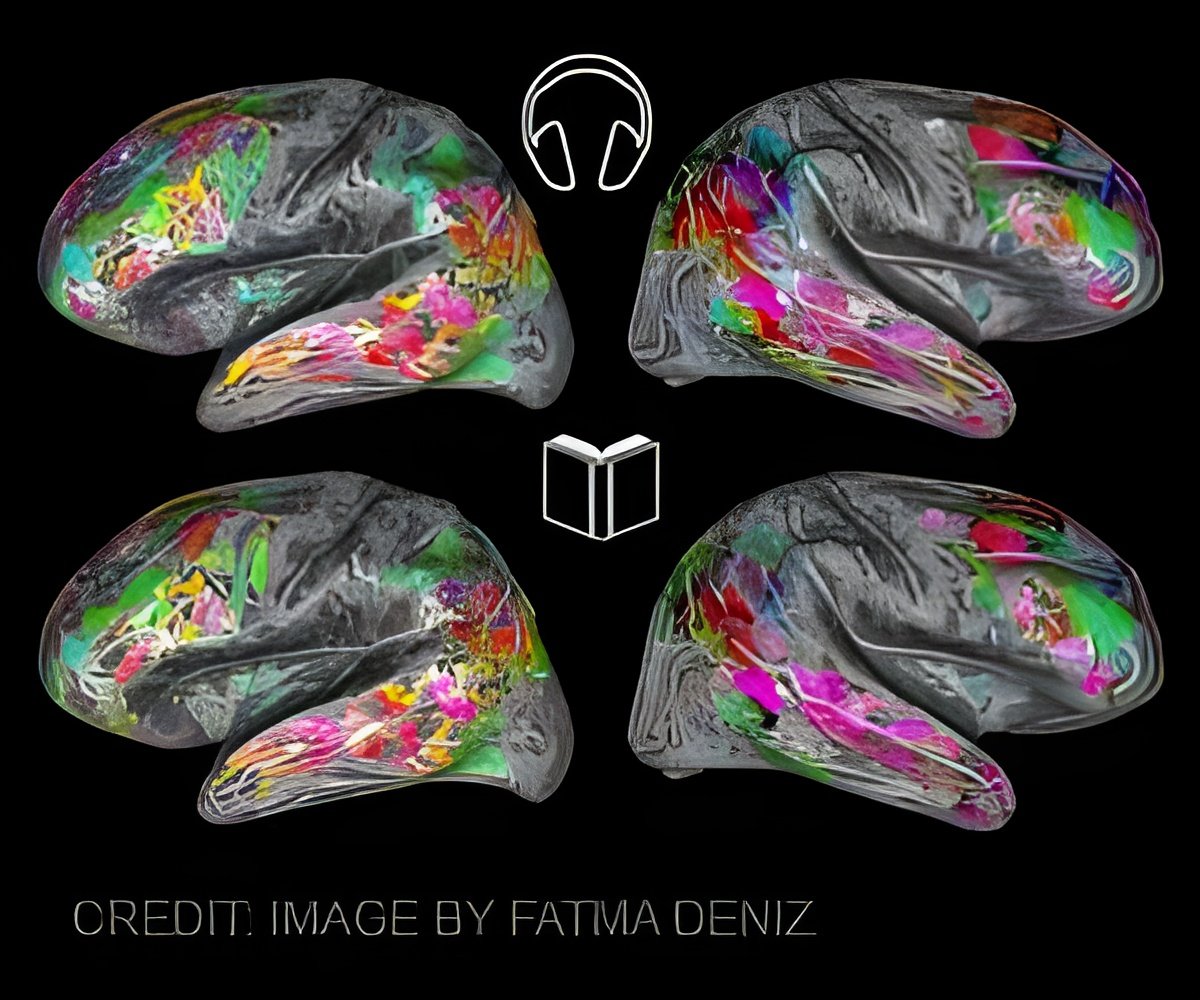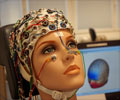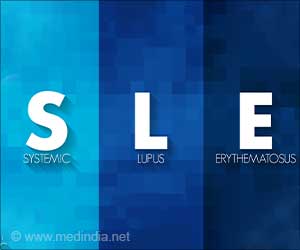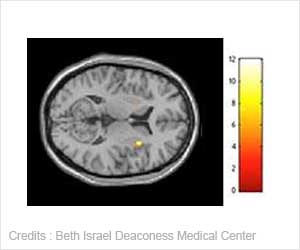The discovery of stem cells in the hippocampus, a region of the brain, may have implications for the treatment of learning and mood-related disorders.

"The stem cells we have identified give rise to new neurons," said the study’s lead author Dhanisha Jhaveri from the University of Queensland in Australia.
"The production of new neurons in the brain is essential for learning and cognitive function."
"Previously, these neurons were thought to be identical, so it was not understood how the region is able to regulate behaviors as divergent as learning and mood," Professor Perry Bartlett, director of the Queensland Brain Institute, said.
He said the discovery solved a longstanding mystery about the birth of new neurons in the hippocampus.
"The existence of distinct stem cell populations suggests that they give rise to different types of neurons, which explains the varied functions of the hippocampus," Bartlett said.
"The two cell groups are located in different regions of the hippocampus, which suggests that distinct areas within the hippocampus control spatial learning versus mood."
The study appeared in the Journal of Neuroscience.
Source-IANS
 MEDINDIA
MEDINDIA




 Email
Email










